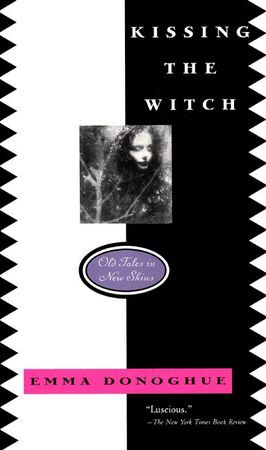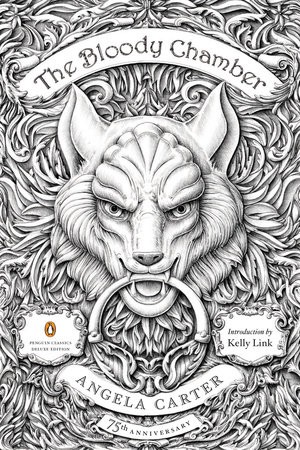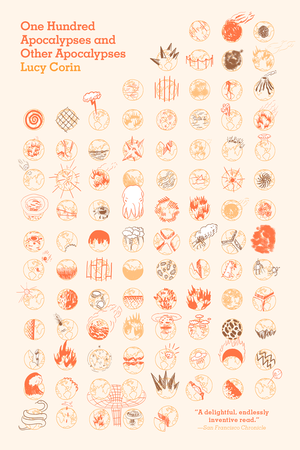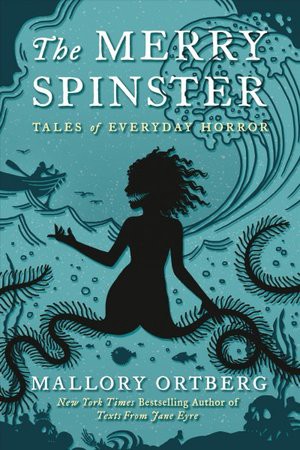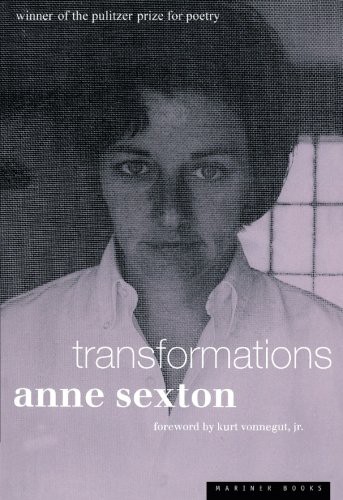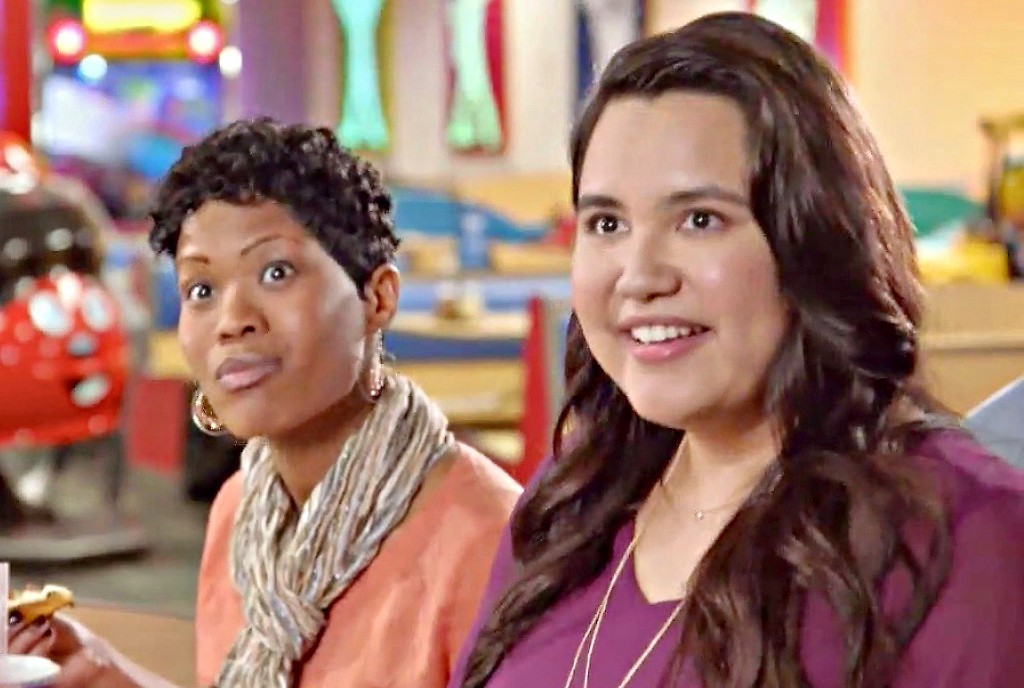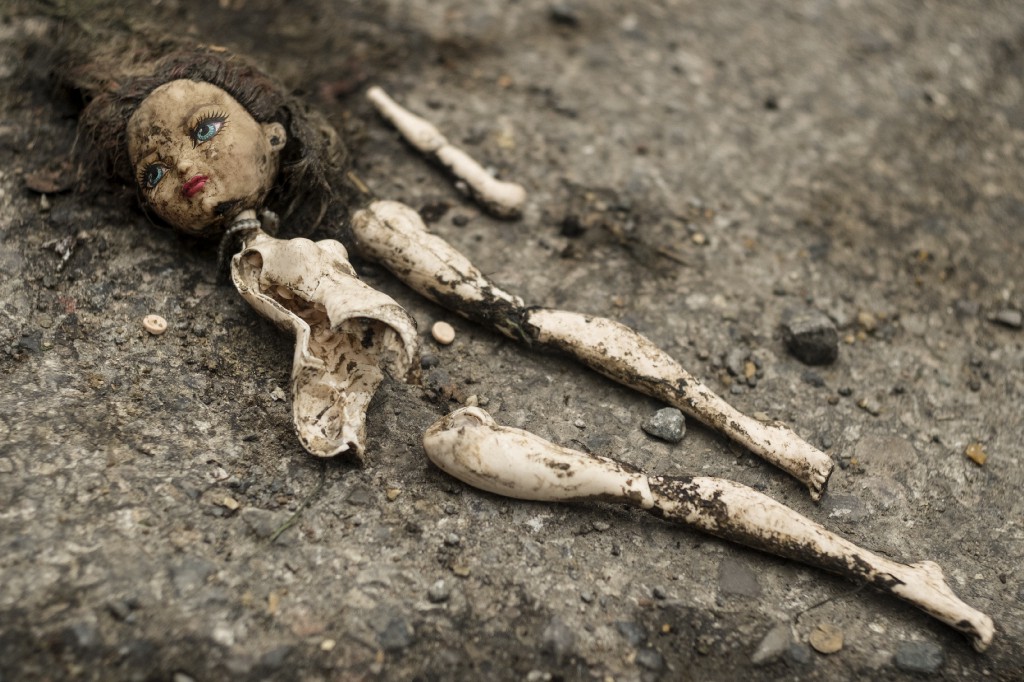Reading Lists
10 Fairy Tale Retellings That Are Deeper, Darker, and Sexier Than the Originals
Screw the patriarchal morality fables, and read these ten feminist retellings instead

In a wonderfully enlightening piece on the dearly departed Toast, Anne Thériault makes the case for the fairytale as feminist genre. “Fairytales” she argues, are “women’s tales” — but it’s hard for us to imagine that because the fairytales as we know them have been drastically revised over time. The first edition of Grimms Fairy Tales published in 1812 did not sell well. In the interest of attracting a younger audience, the collection was revised, cut down, and republished in 1815. What got the chopping block? Sex. In 1812 lots of it, and in 1815 no more sex. Mothers eating children, chopping them up into stew is fine. But sex, absolutely not. Thériault argues that the erasure of sex, when we look at it closely, does more than show us a prude sensibility:
Not only did they remove any mention of sex, the majority of it both consensual and premarital, but all sorts of other details defining and limiting the female characters were added in. With each successive edition, the Wilhelm Grimm added in more and more adjectives describing what they thought was the perfect Christian woman; female characters were suddenly “dutiful,” “tender-hearted,” “god-fearing” and “contrite,” where once they had simply been “beautiful” or “young.”
“Fairy Tales Are Women’s Tales” in The Toast by Anne Thériault
The women who followed the new rules were rewarded with Happily Ever Afters, and the women who didn’t were supremely punished. Thériault concludes: “And so fairy tales began to feel less like women’s stories and more like a guidebook for how women were expected to behave.”
Thankfully, we have a slew of brilliant contemporary writers who were able to read between the lines of the watered down, patriarchy-pumped fairy tales we grew up on, and turn them back into transgressive, queered revisions — where chance has its day and good women are allowed to be bad and sex is not a death sentence. Here, some of our favorite fairy tale rewritings that say “screw ever after: what do we want now?”
Kissing the Witch: Old Tales in New Skins by Emma Donoghue
Donoghue wrote 13 stories that queer the fairy tale as we know it. In the collection, Cinderella runs off with the fairy godmother instead of the prince, Snow White wakes up with her own damn desire, and Belle who thought she could be the one to change the beast, learns that beasts, like people, don’t change. But the titular story “The Tale of the Kiss” is the penultimate feminist remaking in which the Sea Witch aka Ursula of The Little Mermaid gets her day.
The Robber Bride by Margaret Atwood
Because everyone remembers the fairytale where the bachelor lures three women into his home, and eats them one by one, right? In Margaret Atwood’s reimagining of the tale of “The Robber Bridegroom,” Zenia is the debaucherous and “evil” woman ruining the lives of her three best friends. By way of Zenia’s desires, the men attached to her friends, we learn about the lives of Tony, Charis, and Roz — all riddled with loss, instability, and a wee bit of chaos.
The Bloody Chamber by Angela Carter
This list would not be complete without Angela Carter, the fairy godmother of feminist fairytales. Carter brings all the sex and blood and guts and rage back to the fairytale, and The Bloody Chamber gathers some of her best revisions together in one binding. In one story, “The Tiger’s Bride,” Beauty turns beast due to her throbbing, hot and heavy feels for the Tiger who, with “each stroke of his tongue ripped off skin after successive skin, all the skins of a life in the world, and left behind a nascent patina of shiny hairs.”
Boy, Snow, Bird by Helen Oyeyemi
Boy, Snow, Bird is a Snow White retelling. Set in 1950s New England, the stepmother is named Boy and the stepdaughter named Snow. When Boy and Snow’s father have a baby of their own, a family secret emerges in the skin of their daughter. It’s a story examining how race, class, and gender ideology made monsters out of “everyday” people. In an interview with NPR, Oyeyemi explained why she was drawn to the fairytale as a place to tease out the “wicked” part of wicked stepmother: “I wanted to rescue the wicked stepmother. I felt that, especially in Snow White, I think that the evil queen finds it sort of a hassle to be such a villain. It seems a bit much for her, and so I kind of wanted to lift that load a little bit.”
The Juniper Tree by Barbara Comyns
Because more modern retellings of fairy tales should trouble the whole “evil stepmom” thing. And what better way to do that than tackle another Grimms brothers fairy tale that marries infanticide with romance. In the original “Juniper Tree,” an evil stepmother kills her stepson, feeds him to his father, and then lets her stepdaughter believe she was the one who killed the boy. In Barbara Comyns’s retelling, the protagonist is Bella Winter — she’s homeless, without a job, and has a toddler whose father was a man she can’t really remember. Slowly, she endures enough to mend things, and marries a neighbor shortly after he’s been widowed. Comyns uses the grisly fairytale to problematize the clean lines between good and evil when it comes to domestic survival.
The Color Master by Aimee Bender
Aimee Bender imagines fairy tales where women have agency and don’t need anybody else to rescue them from their distress, thank you very much. “The Devourings,” for example, is a story in which a woman is married to an ogre. The ogre “accidentally” eats all of their children, which understandably ruins their marriage. So the woman decides to leave her husband, and does. As Happily Ever After as it can get after your children have been eaten, I suppose.
“The Doctor and the Rabbi” by Aimee Bender
My Mother, She Killed Me My Father, He Ate Me edited by Kate Bernheimer
I don’t care if it’s cheating to put an anthology on this list, because this one is too good not to be included. Edited by Kate Bernheimer (who’s also written an exceptional essay in defense of the fairy tale as a legit study in literary form), this anthology not only has the best title, but it also includes exceptional writing by Kelly Link, Francine Prose, Karen Russell, Aimee Bender, Neil Gaiman, Italo Calvino, and others who take the word “spellbinding” seriously.
One Hundred Apocalypses and Other Apocalypses by Lucy Corin
This collection actually reads like a spell, if only for the way it’s structured. The story “Eyes of Dogs” is told in two voices — one in the center of the page, and one in the margins. It’s a retelling of the Hans Christian Anderson tale “Tinderbox” in which a young soldier is tricked by a witch. In an interview with Lambda Literary, Corin explained the tension between the voice retelling a story, and the reader who chooses how to listen: “I thought instead of doing just one retelling I would do a double retelling and each narrative would double helix and twist into each other. And then I thought, how would I tell the original story in the first person, in my voice? So the part that is in the margins is essentially my contemporary voice telling the original plot with a much more modern sensibility — that’s really different from a historical sensibility. I like the idea of those two stories, (the main one and the one in the margin) crossing [and] the reader having to make these choices about how to read them.”
The Merry Spinster by Daniel Mallory Ortberg
Toast co-founder Ortberg pioneered the series “Children’s Stories Made Horrific” and many of those stories are collected here. What if The Frog Prince were really a story in which we honored gender fluidity, and challenged the ways young and vulnerable people are manipulated by those who offer protection in exchange for something else? Enter Ortberg’s “The Frog’s Princess,” in which the sun falls in love with a young man’s daughter. The sun shines on them constantly, and they retreat into the woods only to find a frog who “offers” help and then demands things in return. Ortberg told Vox in an interview: “Any time you read a fairy tale, it’s very clear that somebody’s gender really influences the role they play in the story, whether they’re a daughter or a son…What would it look like if there were a world where there were still abuses of power, there was still violence and the threat of sexual violence and repression, that did not have the exact same gender roles and values as we do? So it’s not like this world is either better or worse than ours; it’s simply that power is ordered in different constellations.”
Transformations by Anne Sexton
Snow White seeks revenge, Briar Rose (aka Sleeping Beauty) becomes an insomniac, and the witch’s burning in Hansel and Gretel becomes “altogether a memorable incident.” Transformations is more faithful to the fairy tale mythos as we know it, but infuses each iteration with a little more rage and revenge in the Happily Ever After bit.




